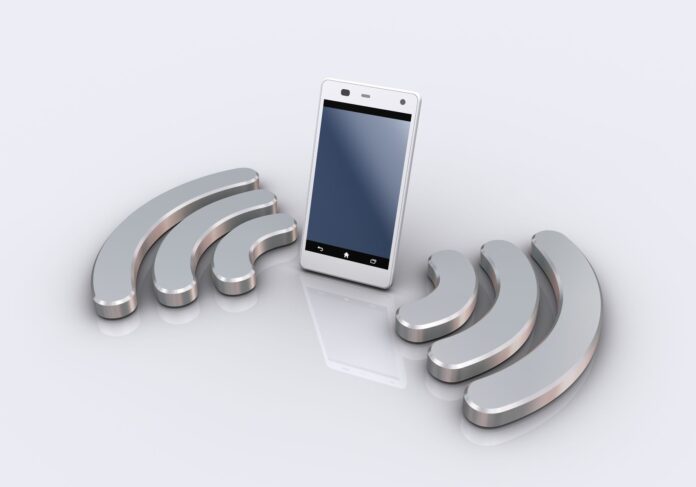As Wi-Fi and LTE networks begin to converge with the use of LTE in unlicensed spectrum, there are a number of available options for integrating the two technologies. The most well known at this point are the LTE-U Forum’s LTE-U (currently the focus of much scrutiny over how well it will coexist with Wi-Fi at 5 GHz) and license-assisted access, which was defined as part of 3GPP’s LTE Release 13.
There are others, however, including LTE/Wi-Fi aggregation or LWA, and LTE WLAN integration with Internet Protocol security tunnel, or LWIP for short. RCR Wireless News reached out to Mark Grayson, distinguished consulting engineer at Cisco, for perspective on LWIP. The following Q&A was conducted via email and has been edited.
RCR Wireless News: What is LWIP? Can it be used for both voice and data?
Mark Grayson: LWIP, or LTE WLAN integration with IPSec tunnel, is a 3GPP Release 13 feature that enables Wi-Fi to be more optimally integrated into an LTE Access network. The specification of LWIP currently limits its use to data, and so it is envisaged that it will be typically be used to provide more efficient load balancing between LTE and Wi-Fi through IP level switching or aggregation just above the PDCP layer, enabling LTE users to benefit from the capacity boost of Wi-Fi.
RCRWN: How is it different from other LTE in unlicensed spectrum options such as LAA, LWA and LTE-U?
Grayson: LWIP is similar to LWA in that both make use of unlicensed 802.11 technologies. The difference is that LWA aggregates LTE and Wi-Fi at the [packet data convergence protocol] layer, while LWIP aggregates or switches between LTE and Wi-Fi links at the IP layer, just above PDCP. Although both LWA and LWIP have been defined to integrate 802.11-based access networks into the EUTRAN access network, LWIP has been specifically architected to be able to leverage legacy WLAN infrastructure. Both LWA and LWIP can be contrasted with LAA and its pre-standard version LTE-U that use a modified LTE waveform in the unlicensed band instead of Wi-Fi. Further, in Release 13, LWIP is the only technique defined by 3GPP that is able to send uplink data over the unlicensed spectrum, with the others approaches being purely focusing on enhancing the LTE downlink capabilities.
RCRWN: What standard is LWIP based on?
Grayson: The LWIP standard is defined by 3GPP Rel-13, with architecture now integrated into the overall LTE architecture in TS 36.300 and the detailed data plane aspects covered in TS 36.361. (Editor’s note: More on LWIP in this 3GPP presentation, and more insight on the discussions between 3GPP and IEEE for collaborating on LTE/Wi-Fi integration is available here.)
RCRWN: What are the advantages of LWIP?
Grayson: The key advantage of LWIP is that it is able to leverage any legacy Wi-Fi network for increasing the capacity offered to the user. This can be contrasted to LWA that may require significant enhancements to the 802.11 based security and flow control capabilities. LWIP also has the benefit of enhancing uplink performance through IP layer switching, or aggregation between the LTE and Wi-Fi uplinks.
RCRWN: Does it have any limitations or challenges that operators should be aware of?
Grayson: Unlike LAA and LWA, which are specifically designed to aggregate traffic over LTE and Wi-Fi simultaneously, in Release 13, LWIP was initially designed to operate in switched mode – where a bearer can either be transported using LTE or 802.11-based access networks. IP-level aggregation for LWIP is being considered in implementations.
RCRWN: How does LWIP work?
Grayson: LWIP operates in a similar fashion to existing Wi-Fi calling service that are based on a tunnel between the device and the [evolved packet data gateway]. Instead of using an EPDG to integrate into the core network, in LWIP the device establishes an IPSec tunnel to the LWIP security gateway that is integrated into the access network.
RCRWN: What is the roll out and/or trial status of LWIP? Is it in any live networks, still in trial, still in development?
Grayson: The LWIP specification was formally completed in March 2016. Standards compliant equipment can be expected to start being deployed by the end of the year.
Interested in reading more on the Future of Wi-Fi? Download RCR Wireless News’ recent special report.

What is LWIP?
ABOUT AUTHOR
